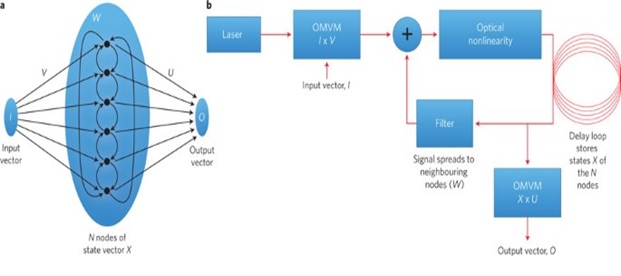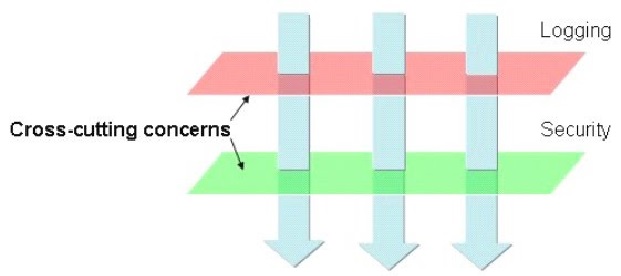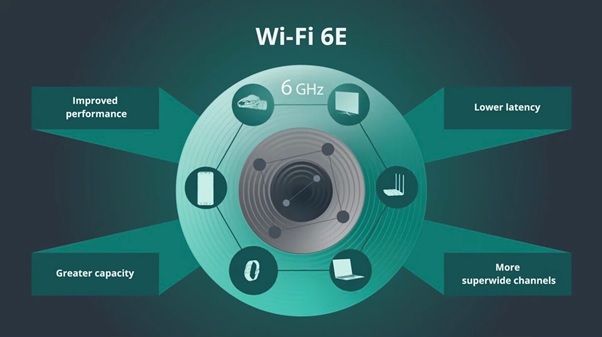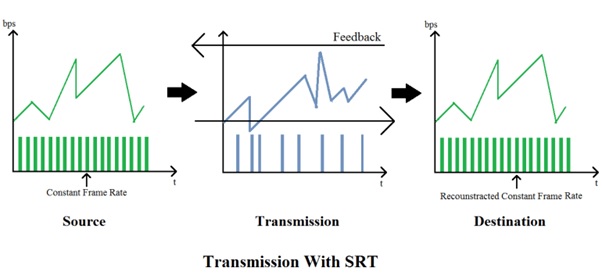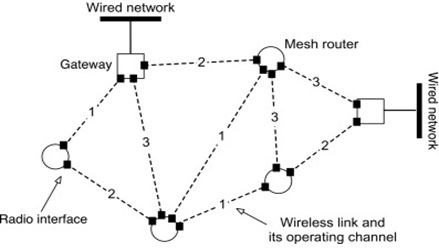Multihop Relay Networks-Functions
Multihop Networks there are two deployment paradigms, the range expanding fixed relay and mobile ad hoc networks. Access networks equipped with fixed relays have been proposed as a way of increasing coverage and capacity at a low implementation cost. Mobile ad hoc networks present considerable challenges [1], both technical (resource management, routing, and security) and business (mainly pricing) in nature.
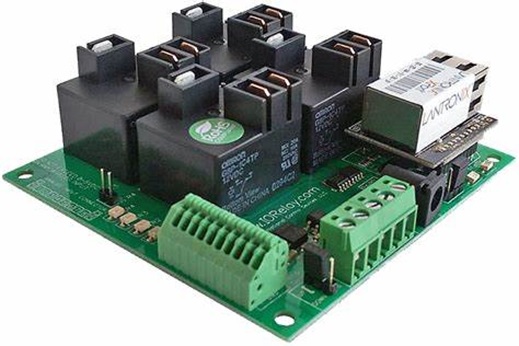
Figure 1. Multihop Relay Networks
Nonetheless, the theoretical advantages are clear: network capacity density can be expanded with little environmental impact. Mobile ad hoc networks require fewer access points as the infrastructure is provided by user equipment that is present anyway.
Mobile ad hoc networks (MANETS)
A mobile ad hoc network consists of a group of mobile nodes that communicate without requiring a fixed wireless infrastructure. In contrast to conventional cellular systems, there is no master-slave relationship between nodes such as Òbase station to mobile usersÓ in ad hoc networks. Communication between nodes is performed by direct connection or through [2] multiple hop relays. Mobile ad hoc networks have several practical applications including battlefield communication, emergency first response, and public safety systems.
Despite extensive research in networking, many challenges remain in the study of mobile ad hoc networks including development of multiple access protocols that exploit advanced physical layer technologies like MIMO, OFDM, and interference cancellation, analysis of the fundamental limits of mobile ad hoc network capacity, practical characterization of achievable throughputs taking into account network overheads.
Multi-hop cellular networks:
Cellular systems conventionally employ single hops between mobile units and the base station. As cellular systems evolve from voice centric to data centric communication, edge-of-cell throughput is becoming a significant concern. This problem is accentuated in systems with higher carrier frequencies (more path loss) and larger bandwidth (larger noise power). A promising solution to the problem of improving coverage and throughput is the use of relays. Several different relay technologies are under intensive investigation including fixed relays (powered infrastructure equipment that is not connected to the network backbone), mobile relays (other users opportunistically agree to relay each other’s’ packets), as well as mobile fixed relays (fixed relays that are mounted on buses or trains and thus moving).
There has been extensive research on multi-hop cellular networks the last few years under the guise of relay networks or cooperative diversity. The use of relays, though, impacts almost every aspect of cellular system design and optimization including: scheduling, handoff, adaptive modulation, ARQ, and interference management. These topics are under intense investigation.
Single Hop vs Multi Hop in Internet
- In Internet or any other IP based network packet travels from source IP device to destination IP device through one or many [3] networking devices (e.g. bridges, routers, gateways etc.).
- When packet travels from source to destination using single networking device, it is known as single hop system.
- When packet travels from source to destination using more than one networking devices, it is known as multi hop system.
References:
- https://www.sciencedirect.com/topics/engineering/multihop-network
- http://www.profheath.org/research/multi-hop-networking/#:~:text=Communication%20between%20nodes%20is%20performed%20by%20direct%20connection, communication%2C%20emergency%20first%20response%2C%20and%20public%20safety%20systems.
- https://www.rfwireless-world.com/Terminology/Single-Hop-vs-Multi-Hop.html
Cite this article:
S Nandhinidwaraka (2021) Multihop Relay Networks-Functions, AnaTechMaz, pp. 29



